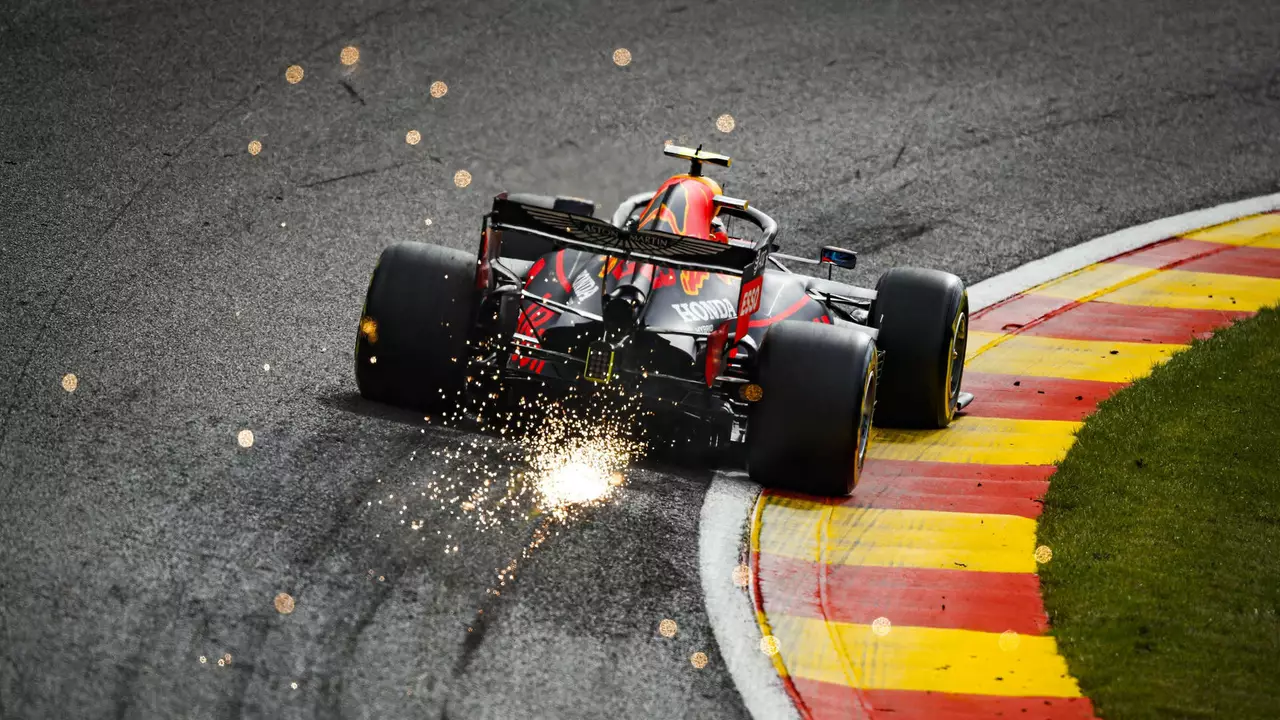Motorsports News & Information – Fresh Updates and Quick Facts
Ever wondered how much fuel an F1 car drinks during a race? That question pops up a lot, and we’ve got a clear answer right here. In a typical Grand Prix, each car starts with a maximum of 110 kg of fuel – about 144 liters. Teams rarely burn the whole load; strategy, track layout, and weather all shape how much actually gets used. So the real number often sits a bit lower than the maximum.
Our category page brings you the latest on topics like this one, plus everything else that’s buzzing in the world of racing. From formula cars to motorcycles, from race results to technical breakthroughs, you’ll find short, punchy pieces that cut the fluff and give you the facts you need.
Fuel Facts for F1
The fuel limit was introduced to make races greener and more strategic. A car can hold up to 110 kg, but the average consumption per lap hovers around 2.5 kg, depending on the circuit. Short, fast tracks mean less fuel used, while long, high‑speed tracks push the numbers up. Teams tune engine maps and aerodynamics to stretch every drop, because every kilogram saved can mean a faster lap.
If you’re curious about a specific race, our post “How much fuel is consumed in one F1 race?” breaks down the math, explains how strategy changes the numbers, and shows why fuel efficiency matters for championship battles. It’s a quick read that gives you the core details without drowning you in jargon.
Other Hot Motorsports Stories
Beyond fuel, we cover the biggest headlines each week. Want to know who topped the latest NASCAR race? Or which MotoGP rider clinched pole position on a rainy track? We’ve got short recaps, key stats, and why the results matter for the season.
We also highlight technology trends that are reshaping the sport. Hybrid power units, active aerodynamics, and data‑driven driver coaching are all on the table. Each article explains the tech in plain language, so you can see how it affects on‑track performance.
Stay tuned for our regular roundup of race schedules, driver moves, and behind‑the‑scenes insights. Whether you’re a seasoned fan or just getting into motorsports, this page is your go‑to spot for the latest news, easy explanations, and the numbers that matter.
Bookmark this page, check back often, and never miss a beat in the high‑speed world of racing. The next big story is just a click away.
How much fuel is consumed in one F1 race?
In a single Formula 1 race, the amount of fuel consumed can be quite surprising. Each car is limited to a fuel load of 110 kilograms, or roughly 144 liters, for the entire race. However, not every race sees the full fuel load used, as strategies often vary depending on the track and race conditions. Therefore, it's fair to say that while the maximum fuel consumption could be around 144 liters per car, it often tends to be less. Regardless, it's clear that fuel efficiency is a critical aspect of F1 racing.
Read More